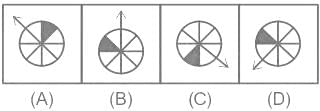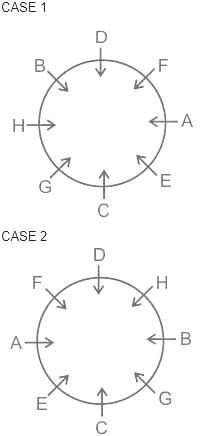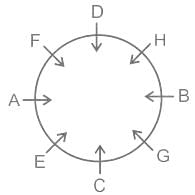JPSC Prelims Paper 2 Mock Test - 8 - JPSC (Jharkhand) MCQ
30 Questions MCQ Test - JPSC Prelims Paper 2 Mock Test - 8
The meeting of Panchayat in a Munda village is held at a place known as _____.
Jharkhand has been awarded the cleanest state in Swachh Survekshan 2019 and ranked as
Which of the following university and college is not covered under the recently launched Marang Gomke Jaipal Singh Munda Overseas Scholarship scheme of the Government of Jharkhand?
Consider the Jharkhand Export Policy 2015.
- Its objective is to develop an Infrastructure facility for export promotion.
- Providing cheap and quality goods in the global market
- With the help of this policy, Jharkhand's contribution in all India exports to reach 2 per cent by 2020.
- Jharkhand Export Promotion Board has been set up to promote export.
Which of them are correct?
Piparwar, Ashok, Saradhu & Magedh are coal mines in the Upper Damodar Valley in the C.D. Block of _______.
Settlement of waste land liable to be set aside if not cultivated within
Which party raised the slogan 'Jharkhand Abua Daku Diko Senoa' (Jharkhand is ours, the decoit Diko shall have to quit) in the 1952 general election?
Which section of the Disaster Management Act, 2005 empowers Governor of a State to establish State Disaster Management Authority (SDMA)
State climatic cell has been established in State of Jharkhand in Collaboration with which of the following organization?
The number of houses in Jharkhand for widows to be constructed during financial year 2016 - 17 under Bhimrao Ambedkar Awas Yojana for widows is
The 2016 Industrial Policy of Government of Jharkhand is supposed to be operational for a period of?
The term ‘Bhuinhari Tenure’ is defined in the Chota Nagpur Tenure Act, 1869 includes
Who was the sacerdotal and secular head of the Oraon villages before the office of Manto in the earlier period?
Which one of the following is an artificial ecosystem?
Which of the following elements was first produced artifically?
Directions: Each of the questions below has a set of Assertion (A) and Reason (R). Mark your answer as
(A) if both A and R are true and R is the correct explanation of A.
(B) if A is true but R is false
(C) if both A and R are true but R is not the correct explanation of A
(D) if A is false but R is true
Q. Assertion (A):
India has a tropical monsoon type climate.
Reason (R):
India is located exactly between the tropical latitudes.
Directions: Out of the four given figures, three are similar in a certain way. One figure is not like the other three. Find out the figure which does not belong to the group of three, i.e. which does not share the common characteristics with the other three figures.

Directions for Qs : These questions are based on the information given below:
Four ladies A, B, C, D and four gentlemen E, F, G, H are sitting in a circle round a table facing each other under the following arrangement:
(i) No two ladies or two gentlemen are sitting side by side.
(ii) C, who is sitting between G and E, is facing D.
(iii) F is between D and A and is facing G.
(iv) H is to the right of B.
Q. Who is sitting to the left of A?
Directions for Qs. : Arrange the five given words (1 - 5) in a meaningful logical order and then select the appropriate sequence from the alternatives (A), (B), (C) and (D) provided below the group of words.
Q. 42 : 56 : : 110 : (?)


















